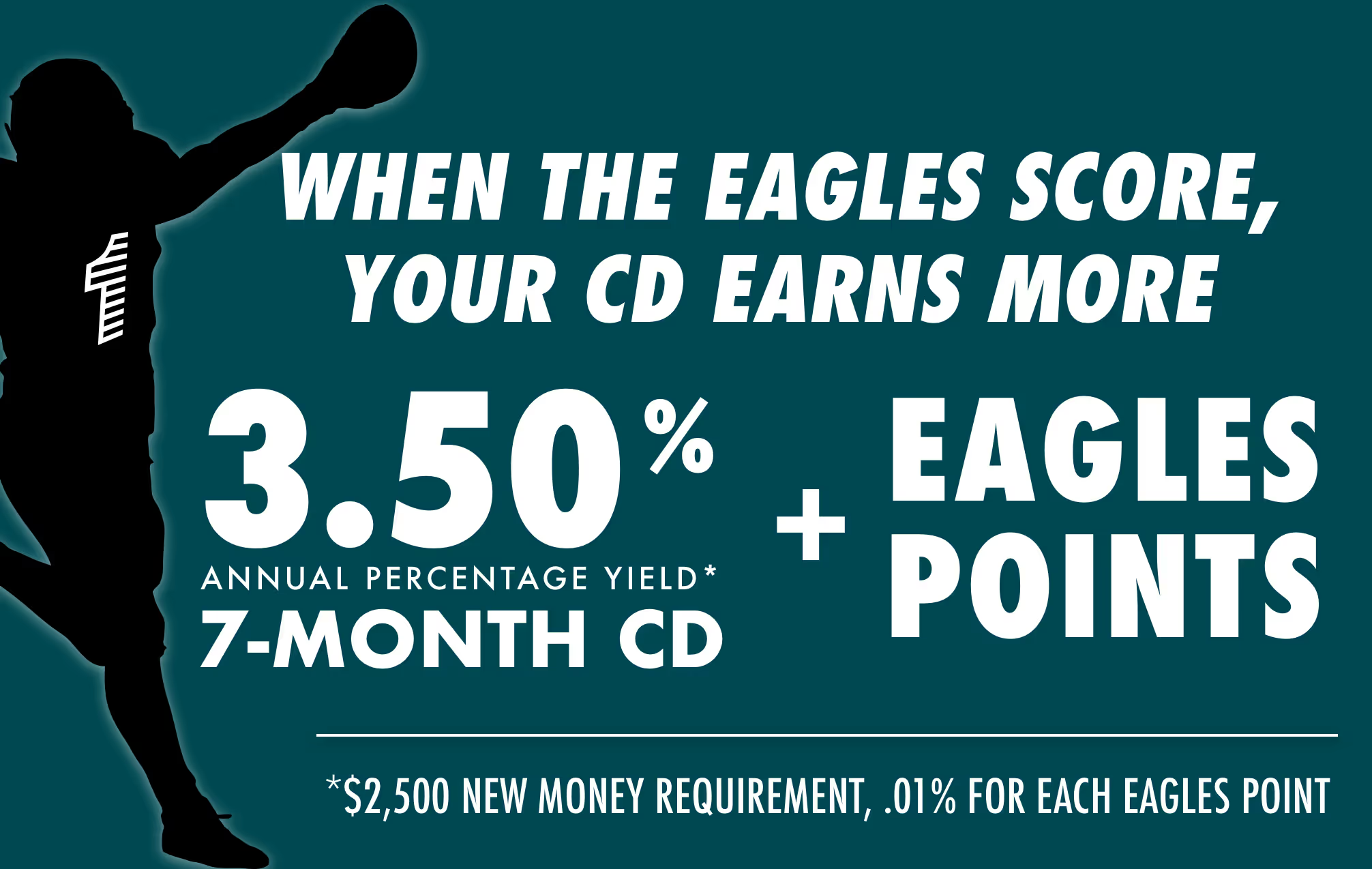If you’re like many business owners, growth and profitability are probably at the top of your priority list when it comes to business planning in 2021. As you finalize your business plans for the year ahead, be sure to factor in the role that SBA financing can play in business growth.
The U.S. Small Business Administration (SBA) offers several loan programs designed to help businesses unable to qualify for traditional financing get the funds needed for growth or to support operations. An SBA loan could be a key element that helps you achieve your business goals for 2021.
How SBA Loans Work
The SBA doesn’t make loans itself. Instead, the government agency guarantees a portion of loans made by banks and lending institutions. This helps reduce the lending institution’s risk in making the loan, thus enabling banks to approve loans they might not otherwise be able to using their normal credit underwriting criteria.
SBA loans can be used for a wide variety of different business purposes, ranging from funding growth initiatives to supplying capital needed to meet daily operating expenses. For example, you can use proceeds from an SBA loan to purchase additional inventory and equipment, hire more employees, restock seasonal inventory, beef up working capital, build new facilities or acquire another business.
SBA loans offer a number of potential advantages to small businesses that qualify, including the following:
- A greater chance of loan approval — Since the SBA guarantees a portion of the loan, banks can make loans to businesses that may not meet their normal underwriting criteria. So if your company is unable to obtain a traditional loan due to a temporary cash flow shortage or the fact you haven’t been in business long enough to demonstrate an adequate financial history, you might have a greater chance of approval with an SBA loan.
- Lower loan costs — While rates and fees vary for different SBA loan programs, costs are generally lower for SBA loans than they are for traditional bank loans. Lower loan costs can help your business conserve funds while improving cash flow.
- Lower down payment requirements — Many small businesses don’t have enough cash to make a 20-30 percent or higher down payment on a traditional loan. SBA loans typically require lower down payments, sometimes as low as 10 percent. This may enable your business to keep more cash in-house instead of devoting it to project costs.
- Longer loan amortization — By stretching out loan repayments as long as possible, your business may be able to conserve critical cash. Also, there are no pre-payment penalties with SBA loans so you can repay your loan sooner without penalty if your cash flow allows.
Types of SBA Loans
The SBA offers several different small business loan programs. The most popular SBA loans include the following:
- 7(a) loans — You can borrow up to $5 million to purchase equipment and inventory, refinance debt, enhance working capital or acquire another business. Or you can use a 7(a) real estate loan to purchase, refinance, construct or renovate owner-occupied commercial real estate.
- 504 loans — This loan provides fixed-asset financing for equipment, real estate and other large assets. It features a maturity of up to 20 years along with a long-term fixed interest rate, which provides cost certainty.
- CAPLines — These small business lines of credit can be used to finance seasonal increases in accounts receivable and inventory, as well as labor and material costs associated with performing assignable contracts and costs incurred by general contractors.
- SBA Express — This SBA loan features an accelerated turnaround time so you can access funds faster and get started on your business plans sooner. In support of small businesses during the pandemic, the SBA has increased the SBA Express loan amount from $350,000 to $1 million through October 31, 2021.
Some basic criteria generally must be met in order to be eligible for an SBA loan. Your business must:
- Be a for-profit operation business.
- Have industry-related management experience among ownership.
- Be able to demonstrate financial strength and a strong credit history.
- Be engaged in or propose to do business in the United States or its territories.
- Use alternative financial resources (including personal assets) before seeking an SBA loan.
In addition, more than 50% of commercial real estate must be owner-occupied if an SBA loan is used to finance it. And if you’re using an SBA loan to finance the acquisition of another business, you must be able to demonstrate historical profitability and cash flow of the business being acquired.
There is another benefit of obtaining an SBA 7(a) or 504 loan between now and September 30, 2021. Under the Economic Aid Act, for a new 7(a) loan or 504 loan approved during the period beginning on February 1, 2021 and ending on September 30, 2021, SBA will make your payments for a 3-month period, subject to the availability of funds.
The Missing Ingredient
An SBA loan could be the missing ingredient to your business growth plans for 2021. Talk to your managers about whether an SBA loan should be part of your strategic plans for the new year.








































